Faced with an environmental emergency, more and more of us are looking for concrete ways to reduce our ecological footprint. A change in everyone’s approach is absolutely necessary, so while individual actions may not be enough, together we can do more - and the HomeExchange community is rising to this challenge! In this article, we’re suggesting a selection of eco-friendly practices, gathered from a multitude of inspiring testimonials that have been shared by HomeExchange members!
1- Limit water waste
"Before the shower water gets hot, I put the cold water in a bucket, and water my garden with it. No more waste!"
Adeline, 22 exchanges

It only takes 30 seconds for the water to heat up, during which time almost 5 liters has been wasted! The water saved can then be used to water plants or flush the toilet.
2 - Ban disposables
"We have washable sponges, washable cotton pads and solid soap/shampoo in our accommodation. For our exchangers, we refill shampoo and shower gel bottles with eco refills for added hygiene."
Caroline, 28 exchanges
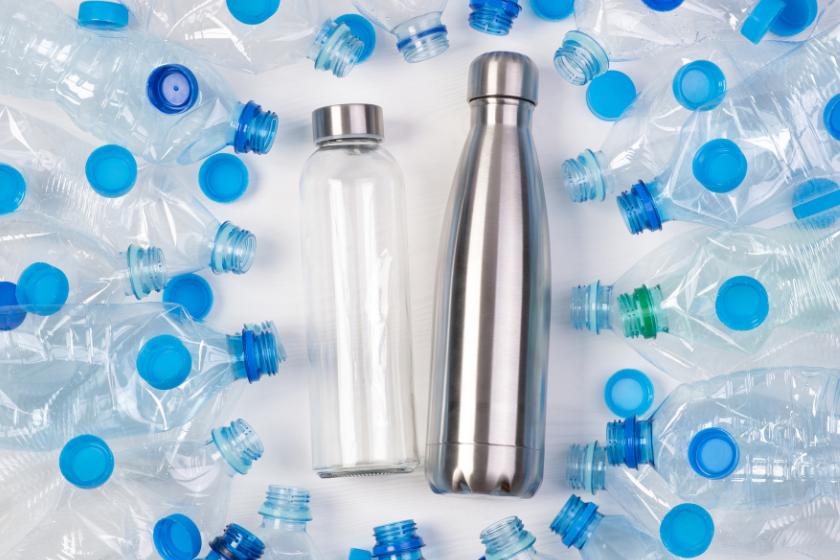
For many everyday items, alternatives exist to reduce the volume of waste generated on a daily basis. In addition to the examples cited by Caroline, don't hesitate to invest in reusable glass jars to store bulk foods, swap disposable cleaning wipes and paper towels for washable cloths, or adopt reusable shopping bags - just be careful not to accumulate "Tote Bag" cotton bags, which need to be used at least 150 times for their carbon footprint to be better than that of a plastic bag¹.
3 - Opt for a green energy supplier
"I've always been with my historical electricity supplier without question, and I was finally able to choose a certified green energy supplier in just 5 minutes!"
Elisa, 23 exchanges
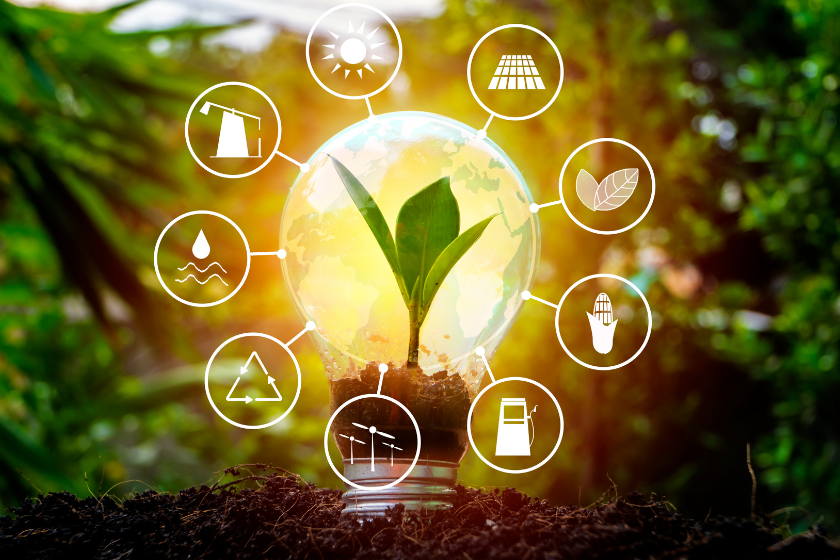
It's not just fruit and vegetables that you can buy more responsibly. When it comes to energy, it's possible to call on local, committed producers who are driving an energy revival that's more respectful of the planet.
More and more suppliers are offering "green" deals, but be sure to check whether they have certifications proving the origins of their energy sources. As the proportion of renewable energy being offered by some suppliers is actually very small, try to choose those who offer 100% renewable and local energy.
Despite the common perception that renewable energy suppliers are more expensive, it's actually possible to find offers at competitive rates, even lower than those of traditional electricity suppliers. And if this isn't the case, don't forget that you’ll be doing a great thing for the planet if you have to pay a little more for a more virtuous offer!
4 - Encourage biodiversity
"On my terrace, I favor melliferous plants, to try to bring insects back to the city."
Katia, 76 exchanges
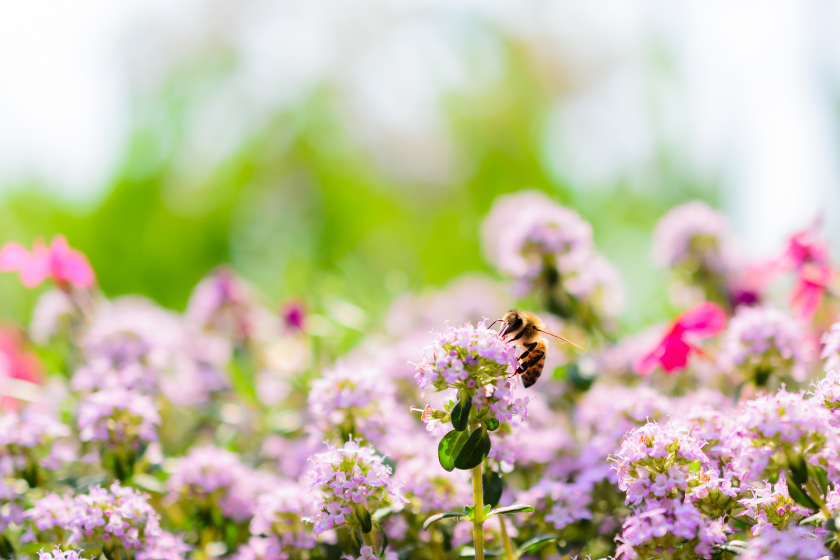
Opt for native plants and melliferous species, which are plants that produce substances that can be collected by insects and turned into honey. Not only will they make your living environment look more lovely, but they will also provide a habitat and food source for pollinating insects, such as bees and butterflies. By promoting biodiversity in urban spaces, you will help preserve local ecosystems and protect endangered species.
5 - Minimize the use of air conditioning
"I've installed window screens in my home".
Tevo, 15 exchanges
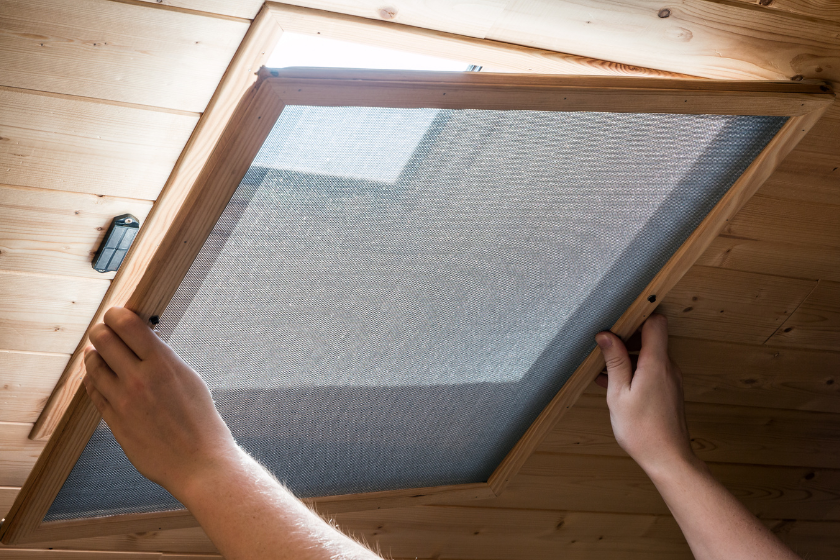
In addition to their main function of preventing mosquitoes from entering your home, window screens offer other advantages.
For example, they help regulate indoor temperatures by allowing air to circulate while filtering out the sun's rays. So when the outside temperature rises above 20°C, the air entering through the screen is naturally cooled. This means that if the outside temperature is 29°C, it will be around 25°C inside. This solution reduces the need for air conditioning, which cuts energy consumption and electricity bills.
For more tips on how to manage heat waves, see our article: Heat waves: our tips for an energy-efficient summer
6 - Optimize heating consumption
"We set the heating thermostat at 19° when we're here (morning and evening) and 17° during the day and night, because our home isn't well insulated."
Caroline, 20 exchanges
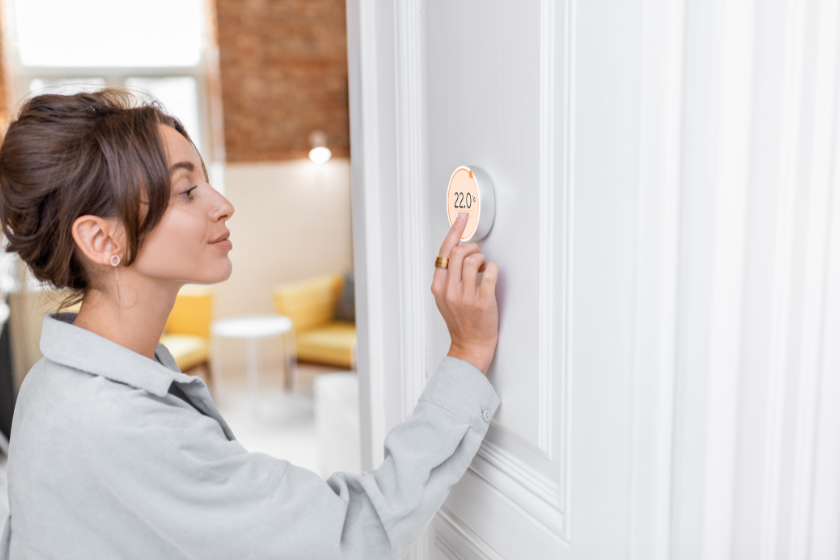
Whether you've opted for renewable energy sources or not, it's still essential to be vigilant about your energy consumption.
By adjusting the temperature of your home to sensible levels according to the time of day, you can optimize your energy consumption. Ademe (Agence de la Transition Écologique) suggests that responsible heating should be around 19-21°C in living rooms, 16-17°C in bedrooms, and 22°C in bathrooms.
What's more, it's essential to consider the energy efficiency of your home. A well-insulated home will obviously require less energy to maintain a comfortable temperature, both in summer and winter. And don't hesitate to ask about possible government grants.
7 - Opt for greener heating
"I have removed my electric heating, or almost entirely, and switched to pellet heating."
Florent, 52 exchanges
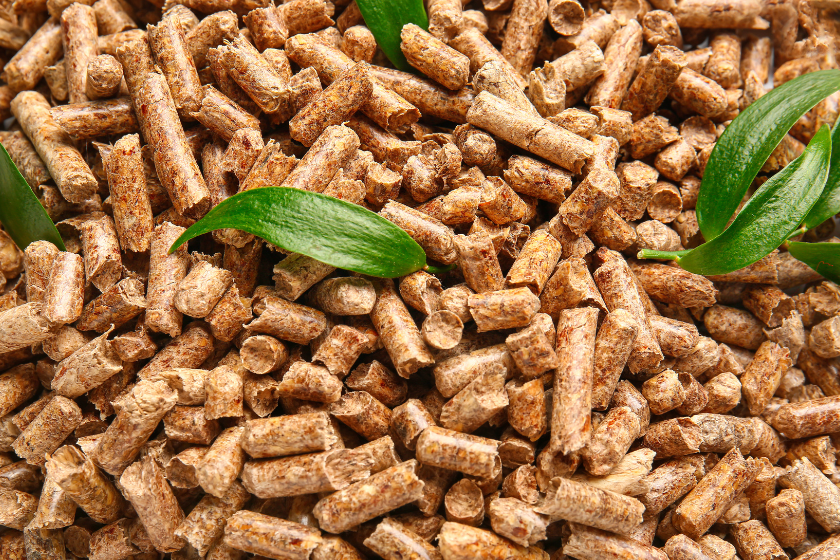
Managing heating efficiently is crucial, but choosing an environmentally-friendly heat source is the best way to reduce your environmental footprint. Among the alternatives to traditional, more polluting heating systems, is the wood pellet stove, which is one of the most efficient. It emits 30g of CO2 per kWh, 10 times less than oil-fired heating. In France, CO2 emissions from wood pellet combustion are offset by the carbon absorbed by trees as they grow.
Another eco-friendly option to consider is the heat pump, whether aerothermal or geothermal, which will provide you with heating that's both economical and efficient. What's more, a heat pump is reversible, which means it can also cool your home during the summer months
8 - Opt for second-hand
"Our house is furnished with used, second-hand, inherited or vintage furniture."
Trine, 23 exchanges

Giving objects a second lease of life helps limit the production of new goods, and therefore the CO2 emissions and natural resources linked to manufacturing processes. As well as being an economical solution, buying second-hand furniture will enable you to add a vintage touch to your home. If you’re not a fan of the vintage look, then don’t forget that many modern pieces of furniture are resold second-hand by individuals looking to move house or refresh their decor!
We hope you've enjoyed this article and will be inspired to adopt new eco-friendly practices! Would you like to suggest your own personal tips?
Don't hesitate to submit your ideas by filling in this form.
The HomeExchange team is working on a project to bring together all our community's tips, and we'd be delighted to include your testimonials and ideas.
References
¹ 2006, C.Edwards, J.M.Fry - Life cycle assessment of supermarket carrier bags
² Parlement Européen - Plastic in the ocean: the facts, effects and new EU rules | News | European Parliament (europa.eu)
³ Intergovernmental Science-Policy Platform on Biodiversity and Ecosystem Services (IPBES), 2016
⁴ ADEME
⁵ Documentary "Ikea, le seigneur des forêts", directed by Xavier Deleu and Marianne Kerfriden
